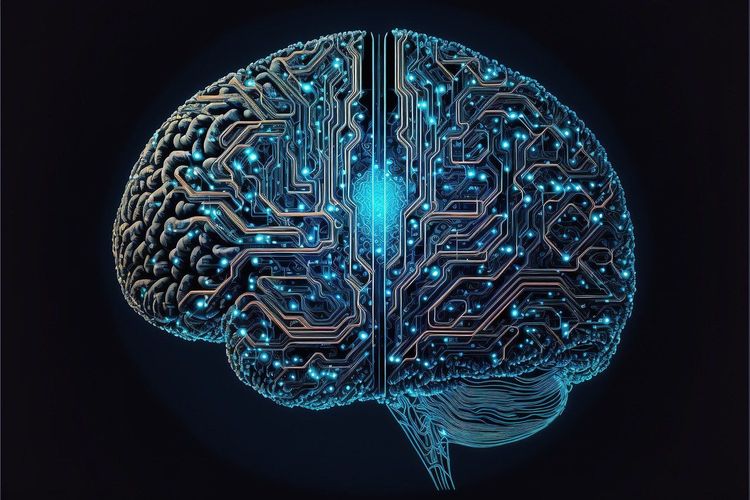At the 12th Internet Security Conference, a vibrant display of technology captivated attendees, featuring dancing robots, moxibustion robots, automated makeup machines, AR games, smart office assistants, and advanced automotive smart cabins. The pervasive presence of AI technologies signals the dawn of a new era.
Among the visitors, graduate student Guo shared with reporters that his studies closely align with the rapidly evolving field of large AI models. He noted that these technologies are increasingly being integrated into various sectors, including industrial production, healthcare, daily office work, and artistic creation. As AI becomes more embedded in everyday life, it is poised to become an essential part of our work and personal routines.
With the growing range of AI applications, the landscape of internet security has also shifted, reflecting new user demands and usage scenarios. Experts and industry leaders highlighted that the "Security + AI" ecosystem represents a crucial driving force behind the evolution of the internet security industry. A prime example of this new ecosystem is "Security + Autonomous Driving."
Jia Yu, Vice President of Hillstone Network, explained that during autonomous driving, the collaborative functioning of the perception, analysis, and decision-making systems hinges on intelligent connected technologies. As driverless cars move toward commercial rollout, protecting the information security of these vehicles will be paramount for personal safety. He stressed the need for high performance and low latency in security oversight to balance cybersecurity with physical safety. High software latency could lead to increased accident rates while driving.
Zhou Hongyi, founder of 360 Group, emphasized the need for automakers to conduct not only physical crash tests but also “digital crash tests” to identify and address potential cybersecurity vulnerabilities before vehicles hit the market. He warned that the security of automotive production facilities requires close attention, as these facilities often share vulnerabilities similar to standard office networks, making them easier targets. If vehicles are connected to the internet, breaches affecting the production facilities could lead to severe consequences.
Addressing emerging challenges, the new generation of digital technologies, epitomized by generative AI, is becoming pivotal in driving technological innovation and enhancing production capacities. However, these advancements also pose ethical dilemmas and data privacy concerns. Chen Zhiming, former Deputy Minister of Public Security, stressed that safeguarding data is foundational to AI security, and adapting new production relationships to meet the demands of this new productivity is critical for sustainable development.
The emphasis is on creating systems that integrate government, market, and society, fostering an environment that encourages participation and equitable income distribution to spark creativity across various business entities. Enhancing innovation in education, technology, and talent systems is essential to maintain a constructive cycle among these elements.
Jia Yu noted that AI technology has significantly impacted the cybersecurity industry, introducing new usage scenarios that come with inherent security challenges. For instance, the vast amounts of data generated by large AI models must be managed carefully to avoid contamination and to establish protocols for handling any compromised data.
Academician Wu Shizhong from the Chinese Academy of Engineering analyzed the current trends in generative AI security research, indicating that the new security issues posed by AI have become a reality, propelling the industry into an era driven by AI. He pointed out that research on the security of large AI models is still in its infancy, lagging significantly behind technological advancements.
Academician Zhang Bo from the Chinese Academy of Sciences and Tsinghua University pointed out the limitations of existing computer LLMs (Large Language Models), highlighting the superficial similarities between AI-generated language and human language while acknowledging their fundamentally different underlying mechanisms. Despite their powerful language generation and conversational capabilities, these models can produce "hallucinations," leading to uncontrollable quality and unreliable content.
Thus, creating explainable AI theories and methods becomes increasingly important in tandem with advancing AI technology. This effort requires a collaborative approach involving governments, enterprises, and various stakeholders to maintain an open dialogue about the ethical rules surrounding large AI models, ultimately fostering a consensus on social and global levels.







